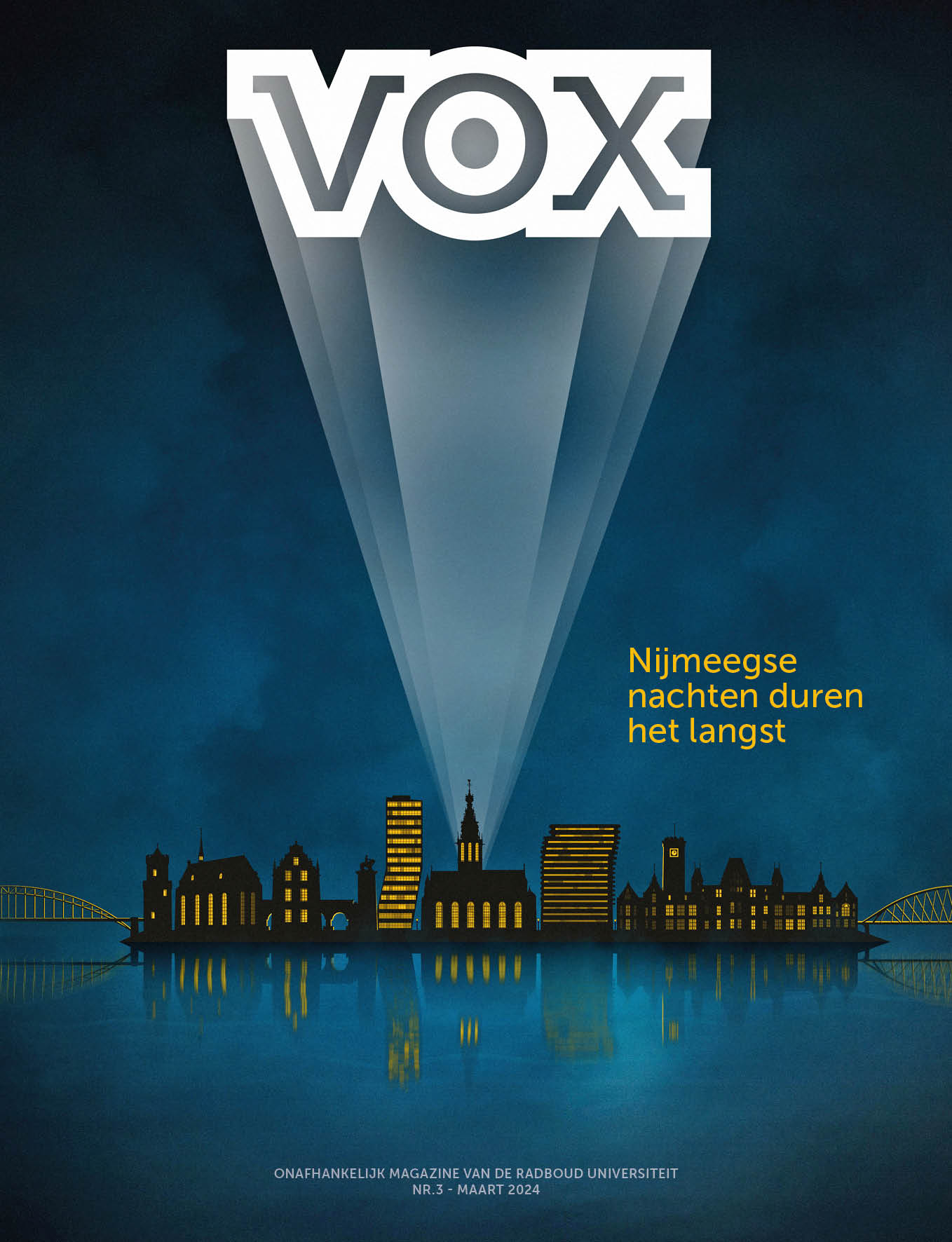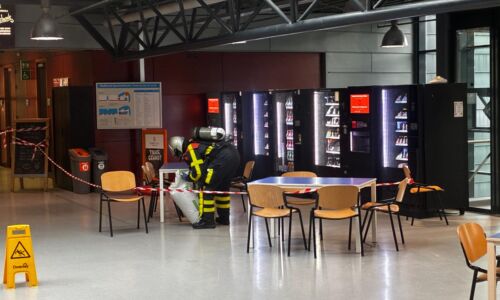Marijke Haverkorn is mapping the Milky Way: ‘That’s a few hundred billion stars’
-
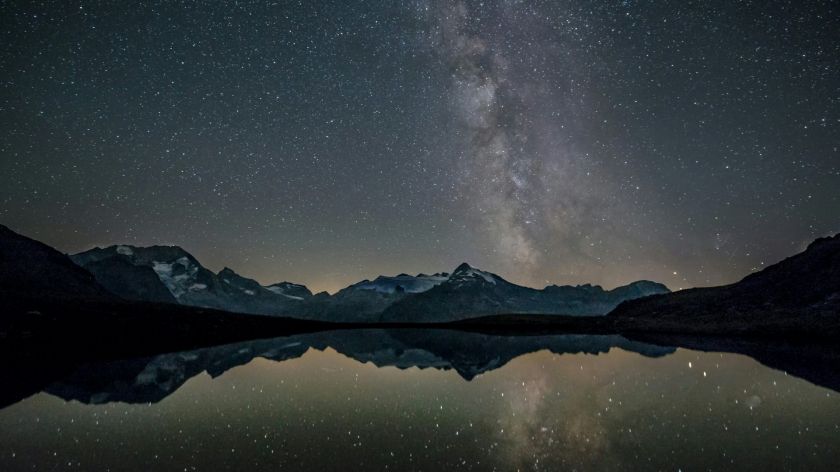 Foto: Eberhard Grossgasteiger via Unsplash
Foto: Eberhard Grossgasteiger via Unsplash
Is Astronomy complicated? It might be, to the layperson, but Professor Marijke Haverkorn is devoted to it and can talk about for hours. She is currently mapping the Milky Way and wants to understand as much about the universe as possible. She gave Vox an introductory lesson in astronomy and her research.
Whether it is about space travel, black holes, star alignment or even UFOs: the galaxy appeals to many people’s imaginations. Every day, Radboud scientists from the Astrophysics department of the Faculty of Science study the starry sky.
But when asked if she could provide us insight into astronomy, Marijke Haverkorn, professor of Astrophysics, starts to laugh. ‘That’s like asking a random doctor to tell you exactly how medicine works. That’s obviously impossible; there are all kinds of different specialties.’
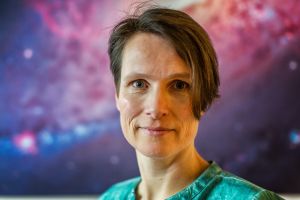
‘Astronomy is incredibly broad’, Haverkorn continues. ‘The universe is so big that you can study many different aspects. From the smallest, how molecules in space interact with each other, to the greatest, for example how clusters and superclusters of galaxies move relative to each other.’
In short: there are literally endless things to study in space. The astronomer herself does research on the birth of stars in the Milky Way, specifically on the role of magnetic fields and interstellar clouds within it. Based on her research, the professor talks about the mapping of invisible magnetic fields, the birth of stars, interstellar clouds, and her favourite telescope, in the Australian Outback.
Tell us, what is your research exactly about?
I’m concerned with the question why the Milky Way looks the way it does right now. How the stars have formed. I do that by looking at interstellar clouds and magnetic fields in space. Stars are born out of huge interstellar clouds, of which parts can collapse into stars. How this collapse works, is partly determined by magnetic fields. So if you understand the magnetic fields, you understand more of the birth of stars.’
How does that work exactly, those moving interstellar clouds and magnetic fields?
‘You can feel a magnetic field when holding two magnets against each other. A magnet has a north and a south pole. Two of the same poles push each other away, two different poles attract each other. In between is a magnetic field that works based on magnetic field lines, which always run from pole to pole. The needle of a compass always points along these lines to the north.’
‘You don’t notice much about those magnetic fields on earth. But in space it is different. That’s because magnetic fields in space are essentially frozen inside interstellar clouds. They basically work like elastic bands: the clouds move alongside the magnetic lines and stretch out.’
That means stars can be born and die?
‘If an interstellar cloud is pushed together, the core eventually collapses due to gravity. If the cloud collapses so far that hydrogen ignition occurs, a star is born. This is nuclear fusion: a huge amount of energy is released with it. We see the light that comes from it in the form of a shining star.’
‘If that ignition stops, everything is swallowed up and the star implodes.’
‘But at some point, the hydrogen in the core runs out. Until that moment, the gravity pulling the star inside is balanced with the radation outwards created in the nuclear fusion. But if that fusion stops, everything is swallowed up and the star implodes; it dies and becomes a white dwarf, a neutron star, or a black hole, depending on its mass.’
And how do you investigate the birth of stars?
‘By looking at magnetic fields and how they move. The fun for me is in the fact that you cannot see those fields. But if starlight passes through a magnetic field, then the light is polarised, which you can see. This means you can only observe magnetic fields by looking at how they influence light rays.’
‘Polarisation is the wave direction of light. You can see light as waves. Light waves can wave in any direction: from top to bottom, from left to right, or in between. But if that light comes across a magnetic field, only one wave direction can get through: the same direction as the magnetic field lines. By measuring that wave direction in telescopes, we can figure out the direction of the magnetic field lines.’
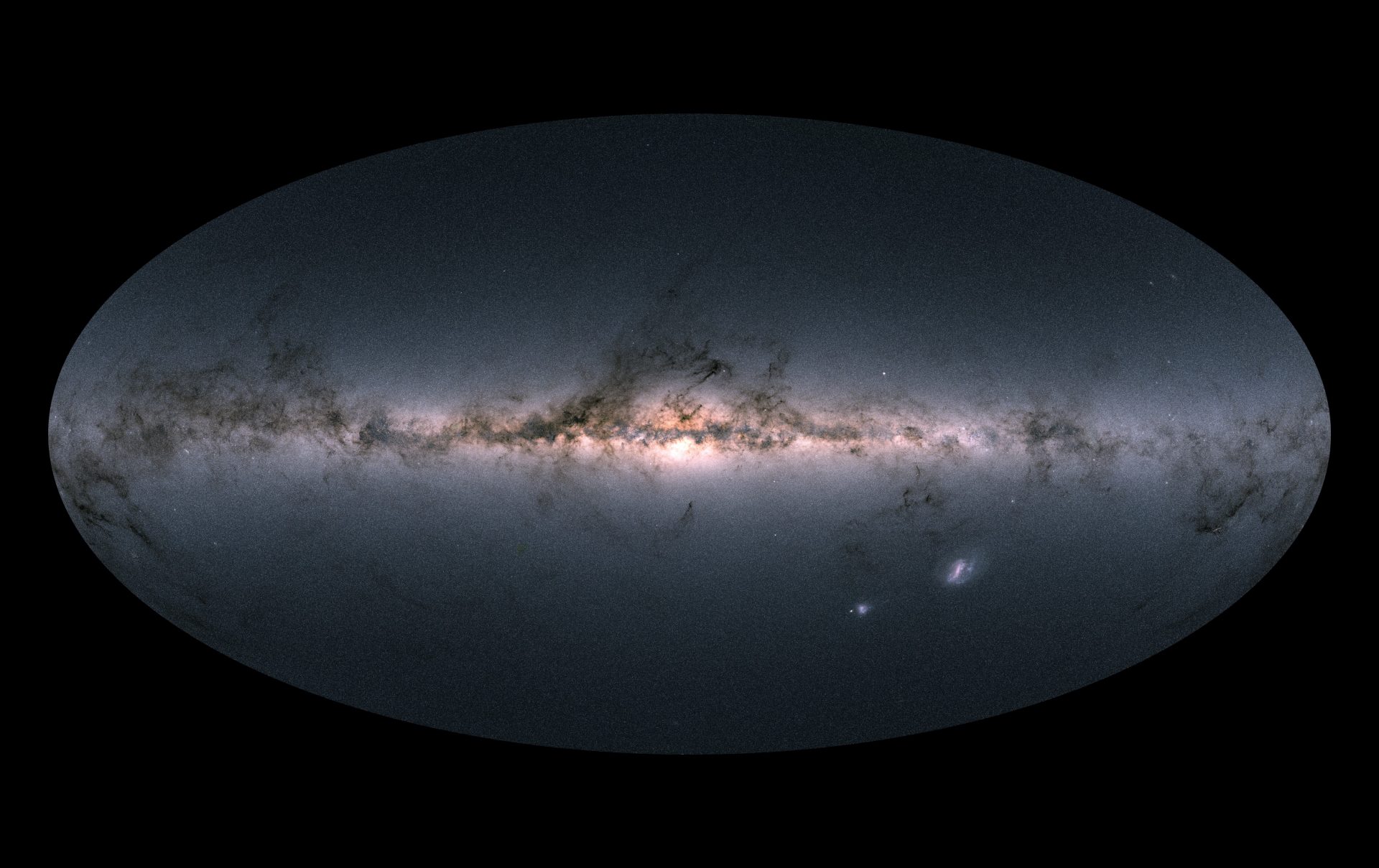
‘As soon as we know in which direction those magnetic field lines are oriented, we can compare that with models and theories about how stars form. That way, we can also see which models are correct – and which are not. That way we can keep improving them.’
Where does the fascination with stars and the universe come from?
‘I was very eager to understand the world from a young age. I thought that the way to understand the world was through physics. Psychology, people, cultures, economy; these seemed too difficult to me to draw conclusions about. In astrophysics something is true, or it is not.’
‘When I was 16 years old, I read an article in the KIJK (a Dutch magazine on science, eds.) about the surface of the sun. That was so interesting to me. I knew right away that I wanted to study astronomy. The best thing is that the same rules of nature that explain everything on earth, can also explain very exotic and elusive things in space.’
‘That took some getting used to: moving from a global city to a village with a population of 2500’
‘I started my studies in Utrecht, after which I did a PhD in Leiden. After that I went to the United States for postdocs at Harvard (Cambridge, United States) and the University of California-Berkeley (San Francisco).’
Haverkorn pauses and starts to laugh.
‘And then I moved to Dwingeloo. That took some getting used to: from a global city to a village in Drenthe with a population of 2500. But it is a village with an important astronomical institution and its very own radio telescope. And subsequently I ended up here at the Radboud University.’
Here at the university, you are working on the mapping of the entire Milky Way. Isn’t that an impossible job, with its millions of stars?
Smiling: ‘And those million stars are only the stars we can see. All the stars in the Milky Way, those are a couple hundred billion.’
‘Whether it is an impossible job – or not – depends on the number of details you want to map. We can only see stars that are close to us anyway. Because the further you look, the more interstellar dust clouds there are in space, which stop starlight.’
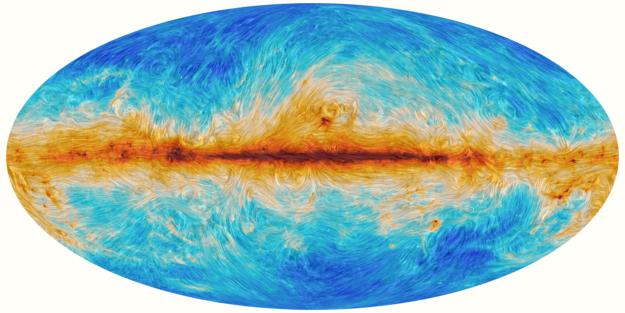
‘But there is also radiation coming from those clouds, by which we can infer magnetic fields. That is observable and thus possible to map. The downside of that radiation is that we do not know how far away those clouds are. That means that we see radiation from up close and from far away blended together. We solve this problem by measuring the stars, whose distance we do know. That way we can create a 3D map of those magnetic fields. But if you do that, you can only fill in this map a tiny bit at a time. So yes, it is true that it takes a while.’
Different telescopes are also used for those different measurements.
‘Correct. There are telescopes for every kind of radiation, but I work with optical telescopes and radio telescopes. The former has lenses and mirrors that work similar to eyes or cameras, only much more sensitive. They mostly show stars, because those radiate visible light that optical telescopes can see.’
‘You can only understand many objects when you look at them with multiple telescopes’
‘The latter works with radio waves. These can be used to observe interstellar clouds. Gas does not radiate light, but radio waves. You can capture those with antennas and process them through a computer into pictures.’
So a radio telescope can observe an interstellar cloud?
‘Yes, because everything radiates. Humans give off heat, which you can measure with infrared. Everything that is warm becomes red on an infrared camera, the rest is black. Interstellar clouds radiate radio waves. Using a radio telescope, you can map where much radiation or little radiation is.
New magazine
Elon Musk satellites that hinder scientific observation; PhD candidate Daniëlle Pieterse who manages the telescopes on the Huygens building; and teacher and journalist Taede A. Smedes who investigates the phenomenon of UFO sightings: you can read about it in the newest Vox, which is all about the night.
‘That is exactly what makes astronomy so special. You can only understand many objects when you look at them with multiple telescopes. We can map interstellar clouds with radiation, we study black holes or supernovas with X-ray, and we can see stars with an optical telescope. Everything radiates in its own way.’
‘It is important to bring those different measurements together, because they each provide a piece of the puzzle. That way we reconstruct how the Milky Way works.’
The telescopes in Nijmegen are not often used for research; They are mainly for students to practice. Radboud scientists use telescopes across the globe for their research. But that means you are controlling a telescope in Namibia or Chile from Nijmegen?
‘Yes, it is not dark enough here and some radiation is barely, if at all, able to get through the atmosphere. The circumstances are much better in remote areas high up in the mountains. In Chile, many telescopes are located on a plateau with the driest air on earth. That is perfect: some telescopes suffer from water vapour or turbulence in the air, so the drier and thinner the air, the better.’
‘Another option is to send a telescope into space, like the famous Hubble telescope. The downside of that is that a telescope has to be relatively small to fit on a satellite. And the bigger the telescope, the sharper the picture.’
‘If you looked outside, you could see kangaroos walking past’
‘It is slightly different for radio telescopes: those do not suffer from water vapour, but they do suffer from radio waves from people. Think about telephones, satellite communication, or other electronics; obviously there are fewer of those in the middle of nowhere.’
‘Back in the day, astronomers went to a telescope to do research with it. Nowadays that is less and less necessary, and that is a good thing. For ecological reasons, but also practical. I can now control a telescope from my desk at home and don’t have to travel for days anymore. Although that does kill some of the romance.’
So you’ve done physical research with telescopes yourself?
‘Correct. Throughout my career, I was in Australia for a while, in Sydney. There is a large telescope about a five-hour drive inland, close to the village of Parkes. My favorite is an old telescope from 1959 with a diameter of 64 metres. The instruments were replaced over time, but the base is still old.’
‘You are completely secluded from the outside world there. Researchers used to sleep in the guest house on the premises and there was a crew who cooked for you. That was fantastic; if you looked outside, you could see the kangaroos and echidnas walking past.’
Don’t you feel small when you look at the stars?
‘I do, sometimes. But I believe that’s part of the job; thinking about the insignificance of humanity and the earth in the universe.’
‘I can calculate with terribly high numbers and interpret the results, but it remains difficult to form a mental image of exotic things, like black holes, curved space, or the shape of the universe. That is exactly one of the reasons why I started studying astronomy: to grasp phenomena like this, despite their complexity.’
Translated by Juan Paas
